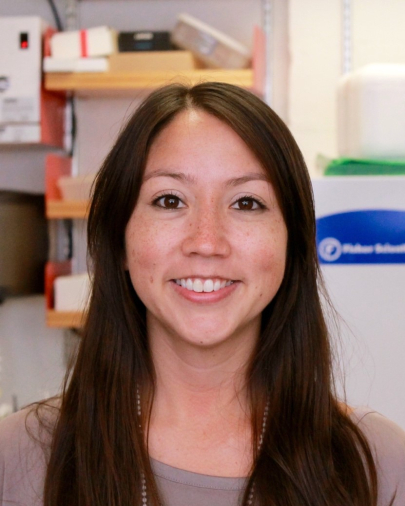Catherine SawaiActions for oncogenesis understanding and target identification in oncology (ACTION) - Université de Bordeaux
Mes recherches
Throughout my career I have used genetic mouse models to study both normal and leukemic hematopoiesis. I completed my PhD in the lab of Dr. Iannis Aifantis at The University of Chicago and NYU School of Medicine (2003-2009) where I studied the regulation of cell cycle during the development of early lymphocytes. I then moved to the lab of Dr. Boris Reizis for my postdoctoral training first at Columbia University Medical School and then later at NYU Langone Medical Center (2010-2017). During this time, my most significant achievement was the development and characterization of a novel transgenic reporter that enables the study of hematopoietic stem cells in vivo. I joined the INSERM U1218 research unit in 2017 in order to start my independent career. I was awarded the ATIP-Avenir in 2018 and recruited to INSERM as a researcher (CRCN) in 2019. My team uses novel reporter systems to study the in vivo function of stem cells in different physiologic contexts.
Mon projet ATIP-Avenir
In vivo impact of aging and leukemia on hematopoietic stem cells
The power of hematopoietic stem cells (HSCs) is demonstrated by their ability to provide life-saving reconstitution of the hematopoietic system in immune compromised recipients, both in the laboratory and clinic. However, the ability of HSCs to fully replenish all major hematopoietic lineages in serial transplantation assays declines with age. In addition to this impaired output, the development of hematologic malignancies that arise from HSCs is associated with age. Although the functions of HSCs have been studied extensively through transplantation, this is now recognized to be an artificial setting. Determining the fundamental properties of endogenous HSCs (i.e. in the absence of transplantation) at the steady state and in physiologically relevant contexts such as aging and leukemia is therefore expected to reveal new strategies for regenerative medicine. We recently developed tools for the prospective identification and genetic lineage tracing of endogenous HSCs. While we have demonstrated a major contribution to multilineage hematopoiesis at the steady state, further studies are essential to resolve the function of HSCs in different physiologic settings. We propose to determine the impact of aging on endogenous HSC phenotype and functions, specifically the contribution to hematopoiesis. We will also study the effect of leukemia on HSC function using a novel genetic model of disease.
